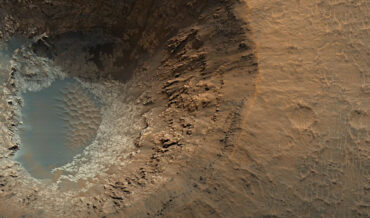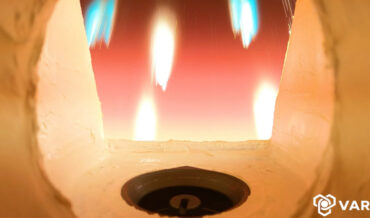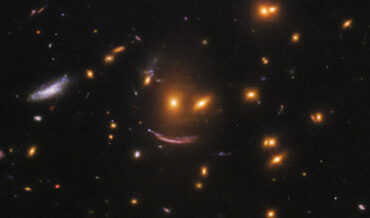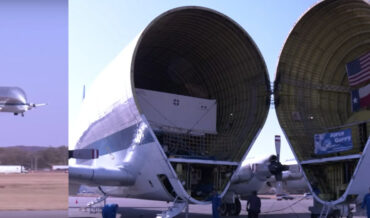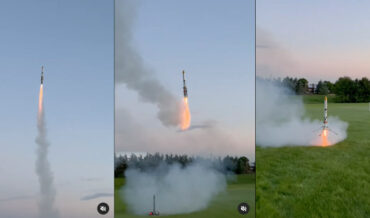
space
Using remastered images captured by the Mars Reconnaissance Orbiter’s HiRISE (High Resolution Imaging Science Experiment) camera, Seán Doran created this absolutely breathtaking 8K trip across some craters on Mars. I just watched it on an 8K television and it was stunning. Granted I don’t own an 8K television and had
hite
- April 22, 2024
This is a video captured aboard a Varda space capsule launched by SpaceX that’s reentering the earth’s atmosphere at around Mach 25, or around 17,500MPH. That’s fast. Varda developed the W1 capsule for companies that want to test or manufacture in space (in this case, drug manufacturing in zero-gravity). The
hite
- February 29, 2024
Because what does it all mean is THE question, this is a shot from the James Webb Space Telescope of a galaxy that looks unquestionable like a question mark. Some more info while I shake my fist at the heavens and demand fewer questions and more answers: It is probably
hite
- February 19, 2024
Captured by the Hubble Space Telescope’s Wide Field Camera 3 (WFC3) in the constellation Leo Minor, galaxy clusters SDSS J0952+3434 appear as a giant smiley face, grinning at us from 4-billion light years away. Ha, I’d be smiling too if I were that far away from the dirtbags on earth.
hite
- February 16, 2024
This is a live-action fan film from Youtuber Batinthesun pitting Batman and Superman against Darth Vader. But mostly just Batman vs Vader until the very end. The production value is surprisingly high, which explains why they were only able to make a 5-minute movie. Unfortunately for me and my viewing
hite
- February 13, 2024
Further proof (not that I needed any more) that world governments have been running clandestine space missions for quite some time, a recent image captured by NASA’s Curiosity rover clearly shows a Starfleet insignia in a pile of rocks atop the red planet’s Mount Sharp (Aeolis Mons). Obviously, NASA is
hite
- January 18, 2024
This is a video of NASA’s giant Super Guppy turboprop plane landing in Huntsville, Alabama (where I grew up), carrying the heat shield for the Artemis I Orion spacecraft. The massive, bulbous plane features a cargo area measuring 25′ x 25′ x 110′, with the entire plane hinging open behind
hite
- November 10, 2023
This is a short video of a model rocket replica of Space X’s Falcon 9 reusable rocket blasting off, then coming back down and using its thruster to make a soft landing on its feet. It’s like a cat in that regard. Me? I’m also like a cat, but in
hite
- October 16, 2023
Things people say
- scoobydoo on Compilation Of Children Running Into Funhouse Mirrors
- 1-Ton on Timelapse Of Walton Goggins Having His Ghoul Face Applied For Fallout
- Eric Ord on Find The Frog
- Kent on Maserati SUV Driver Mistakes His Vehicle For Functional Off Roader, Gets Stuck In Flood
- born in space on Mouse Sneaks Out Of Hiding Spot In Stove To Steal An OREO
- April 24, 2024
- April 23, 2024
- April 23, 2024
- April 22, 2024
